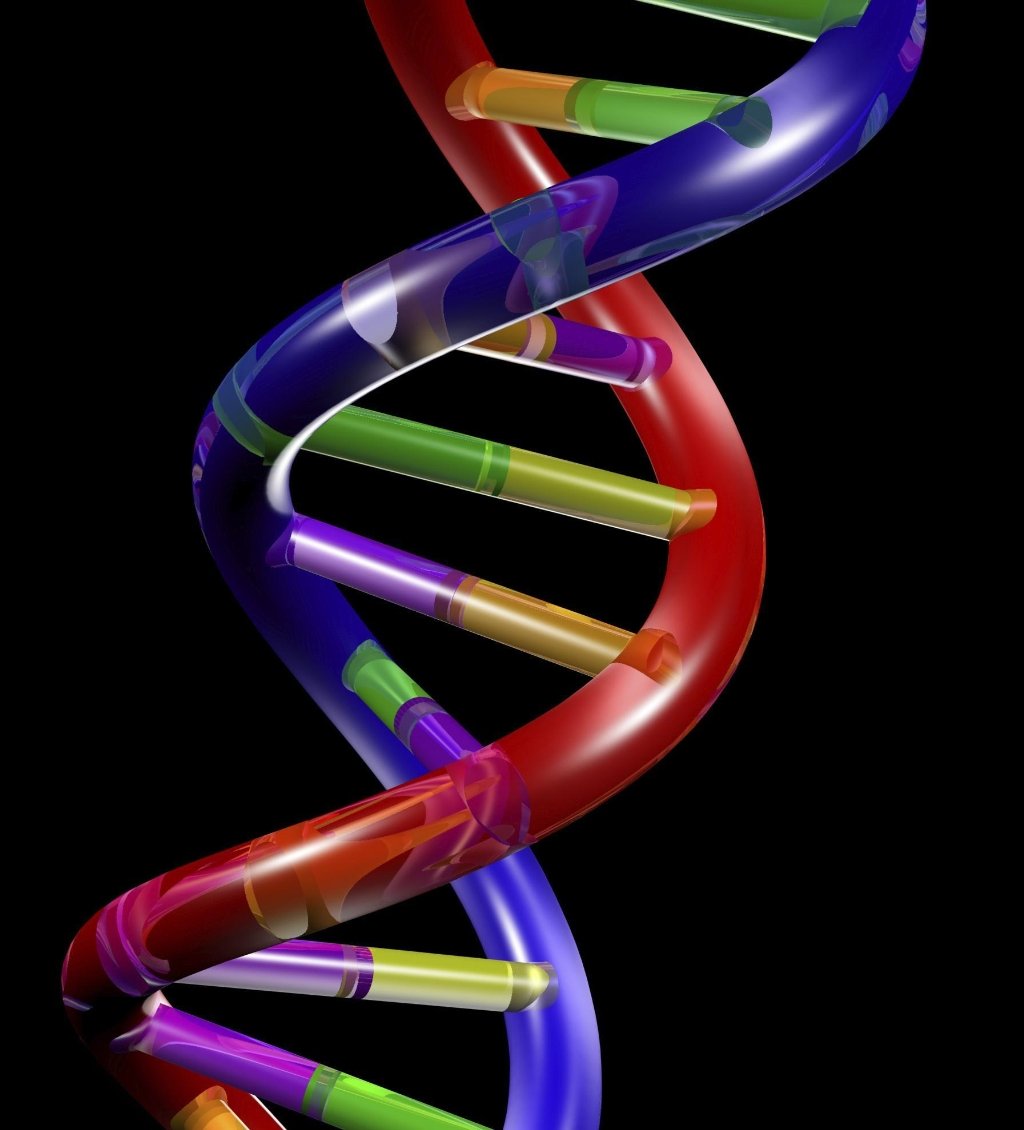


To prompt replication, the scientists used a helicase from a “Large Tumor Antigen” or Large T. But origin DNA sequences contain more A and T nucleotides than usual. Why is origin DNA so special? Regular DNA sequences contain the A, T, G and C nucleotides, more or less in equal ratio. “The origin DNA’s opening is an essential step for DNA replication in our cells and for some tumor viral pathogens to replicate and spread.” “DNA replication is critical for heredity and survival,” said Chen, who also is affiliated with the USC Norris Comprehensive Cancer Center at the Keck School of Medicine at USC. As soon as replication is complete, one double helix DNA now becomes two exact copies of the same double helix. Those DNA strands then become the template for faithful duplication of other strands - a Xerox copy of their parental DNA. When the origin DNA melts, the double helix divides into separate strands, Chen explained. “The knowledge we have gained may be applicable for future intervention of this process to block the replication of viral pathogens and cancer cells.” Xerox copies “Understanding the mechanisms of origin DNA opening or melting allows us to learn this fundamental process of genetic duplication,” said corresponding author Xiaojiang Chen, a professor of biological sciences and chemistry at the USC Dornsife College of Letters, Arts and Sciences and director of the college’s Center of Excellence in NanoBiophysics. The virus hijacked the DNA replication process with a ring of proteins called a “helicase” that mimicked the rings of proteins that prompt genetic replication in healthy cells. The researchers made their discovery by studying SV40, a cancerous virus. A strand of DNA is only about one nanometer in size - not even close to the width of a human hair which is roughly equivalent to 100,000 DNA strands. This all takes place at a nano level that is impossible to see with the naked eye. Replication is prompted by a ring of proteins that bond with the DNA at a special location known as “origin DNA.” The ring tightens around the strands and melts them to open up the DNA, initiating replication. USC scientists believe they have solved the mystery. Knowing this could be the key to understanding how organisms - from healthy cells to cancerous tumors - replicate and multiply for their survival. (X-ray crystallography/Courtesy of Xiaojiang Chen)įor years, scientists have puzzled over what prompts the intertwined double-helix DNA to open its two strands and then start replication. Each of the six proteins is in distinct color, with origin DNA in the center. A ring of six proteins known as a helicase surrounds the DNA strands at a special location.


 0 kommentar(er)
0 kommentar(er)
